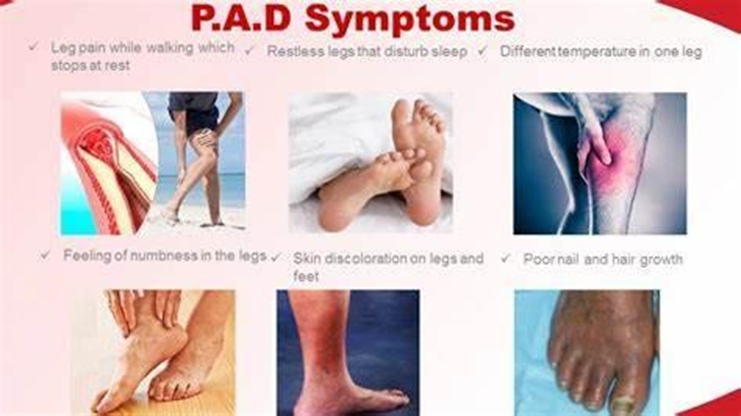Patient Data
After administration of medication, the client remains short of breath. Wheezes are noted bilaterally. Oxygen saturation is 91% with supplemental oxygen.
Which action(s) should the nurse take next? Select all that apply.
Administer additional nebulizer treatment as ordered.
Take and monitor vital signs.
Apply a nonrebreather oxygen mask.
Increase oxygen flow.
Raise the head of the bed.
Provide client incentive spirometer and instruct on use.
Correct Answer : A,B,D,E
Inhaled short acting beta agonists can should be administered up to 3 times until there the obstruction in managed. In the event that the nebulization fails to relieve the respiratory distress, other treatment options such as magnesium sulphate can be used.
Oxygen flow should also be titrated appropriately to achieve the targeted SPO2 levels. However, changing the modality of oxygen delivery is not necessary at this part.
Continuous vital signs monitoring allows for timely interventions at all times to prevent respiratory failure. Although not a primary measure, raising the head of the bed can increase comfort reducing the work of breathing.
While incentive spirometry may have a role in the management of asthma in certain situations, such as during the recovery phase after an acute exacerbation or in individuals with chronic asthma who have reduced lung function, it is not typically used as a primary intervention during the acute phase of an asthma attack.
Nursing Test Bank
Naxlex Comprehensive Predictor Exams
Related Questions
Correct Answer is A
Explanation
A. The client is receiving heparin sodium, an anticoagulant medication, which increases the risk of bleeding during surgery, especially in combination with the open fracture and ongoing bleeding. The healthcare provider needs to be informed of the client's medication history to determine the appropriate management of anticoagulation therapy perioperatively.
B. While obtaining informed consent for surgery and potential blood transfusion is important, it is not the priority in this situation.
C. Monitoring the injection sites for signs of bruising is important for assessing for complications related to heparin administration, such as hematoma formation or bleeding. However, in the context of a client with an open fracture and moderate bleeding, the priority is to address the potential interaction between heparin therapy and the risk of bleeding from the fracture site.
D. While it is important to provide education to the client about the potential risks and complications associated with surgery, including bleeding, this is not the priority nursing action in this situation.
Correct Answer is A
Explanation
A. Compromised peripheral arterial circulation can lead to decreased blood flow to the extremities, resulting in poor tissue perfusion. Over time, this can cause changes in the skin and hair distribution. Uneven hair distribution, or sparse hair growth, is a characteristic finding in areas of reduced arterial circulation due to inadequate oxygen and nutrient delivery to the hair follicles.

B. Lower leg edema is more commonly associated with compromised venous circulation rather than arterial circulation. It occurs due to impaired venous return, leading to fluid accumulation in the tissues.
C. Bronze pigmentation of the skin is not typically associated with compromised peripheral arterial circulation. Bronze pigmentation can occur in conditions such as hemochromatosis or Addison's disease but is not a specific sign of peripheral arterial disease.
D. In peripheral arterial disease, peripheral pulses may be diminished or absent due to arterial narrowing or occlusion. Bounding peripheral pulses are more commonly associated with conditions such as arterial hypertension.
Whether you are a student looking to ace your exams or a practicing nurse seeking to enhance your expertise , our nursing education contents will empower you with the confidence and competence to make a difference in the lives of patients and become a respected leader in the healthcare field.
Visit Naxlex, invest in your future and unlock endless possibilities with our unparalleled nursing education contents today
Report Wrong Answer on the Current Question
Do you disagree with the answer? If yes, what is your expected answer? Explain.
Kindly be descriptive with the issue you are facing.
